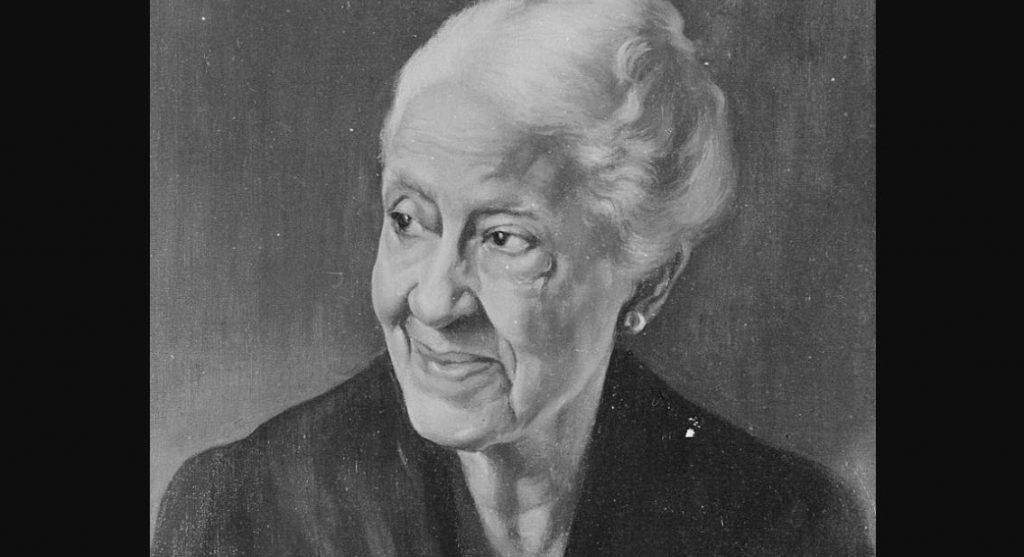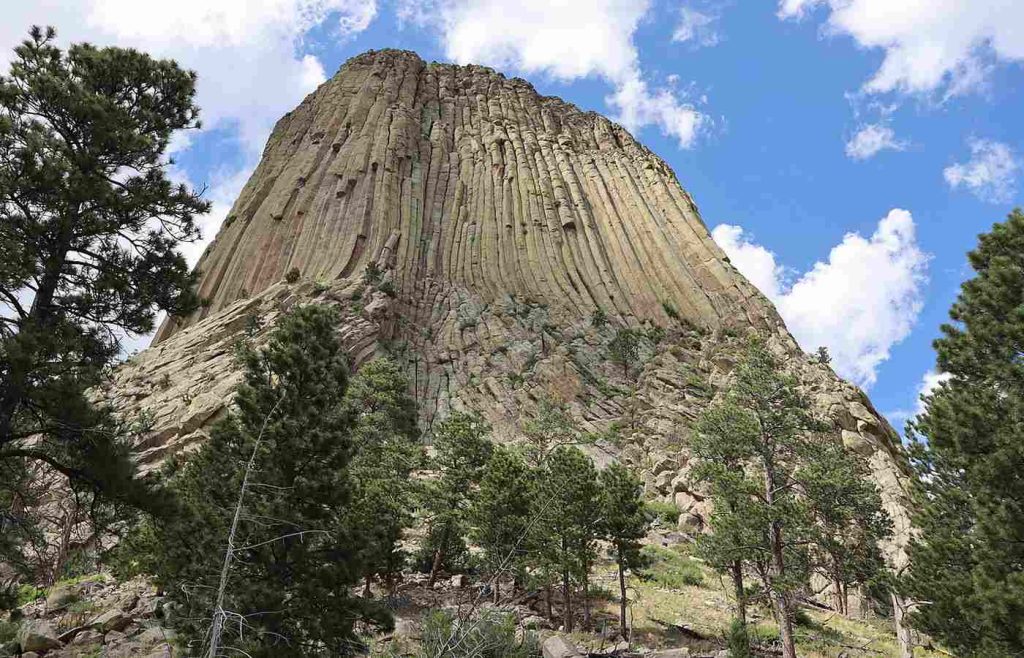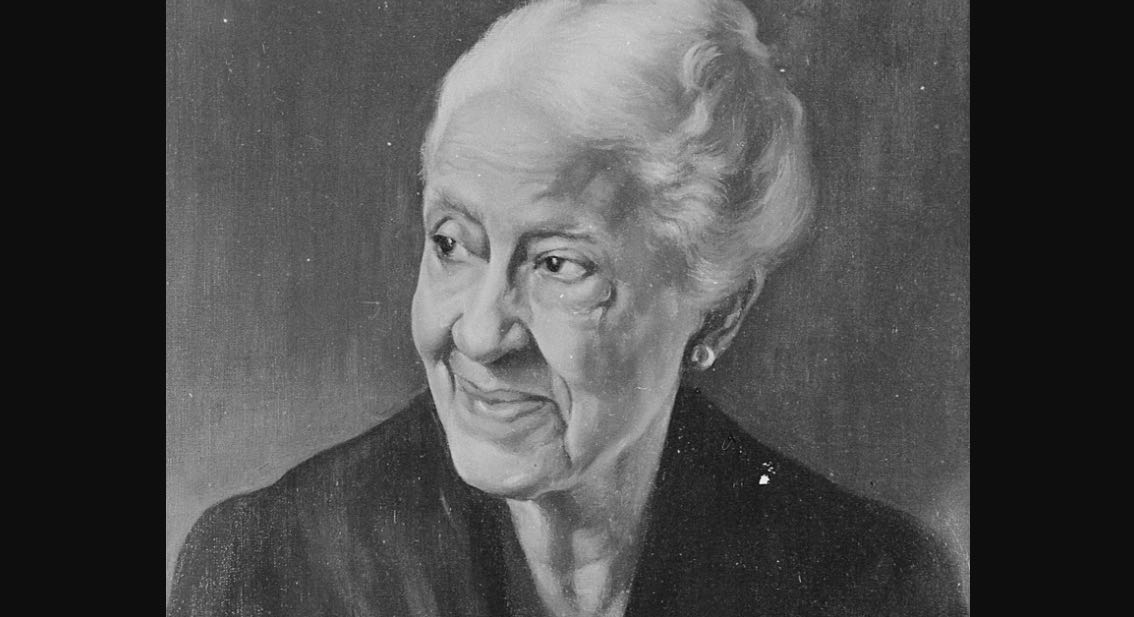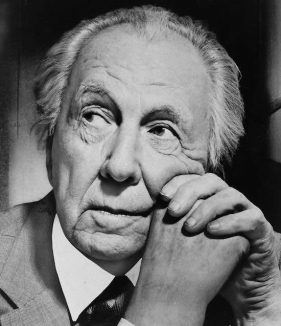70 years ago today, the US Supreme Court unanimously ruled that restaurants in Washington, DC could not refuse to serve black patrons, invalidating “separate but equal” services as unconstitutional.
Six years before Rosa Parks refused to give up her bus seat, it was Mary Church Terrell, an 86-year-old NAACP activist, who walked into Thompson’s Restaurant, a few blocks from the White House, and challenged their segregated policy with an eye toward abolishing the practice for good. (1953) …SEE MORE GOOD NEWS FROM THIS DAY IN HISTORY…

MORE Good News on this Day:
- A proposed Bill of Rights was introduced in the U.S. House of Representatives by James Madison, who is hailed as the “Father of the Constitution” (1789)
- The washing machine was patented by Noah Cushing of Quebec (1824)
- Ives W. McGaffey of Chicago patents the first vacuum cleaner, calling it a “sweeping machine” (1869)
- New South Wales, Australia declared that homosexuality was not a crime (1984)
- New Zealand established a national nuclear-free zone with a Disarmament, and Arms Control Act (1987)
- The first World Ocean Day was celebrated, coinciding with the Earth Summit held in Rio de Janeiro, Brazil (1992)
And, 62 years ago today, the Milwaukee Braves set a Major League Baseball record—four consecutive home runs in one inning. The back-to-back ‘dingers’ were hit by teammates Eddie Mathews, Hank Aaron, Joe Adcock, and Frank Thomas.

At Crosley Field in Cincinnati, the score was 10-2 when the Braves stepped to the plate in the top of the 7th inning. After sluggers Matthews and Aaron slammed their home runs, next was Adcock.
When he hit the third consecutive home run, it tied the major-league record, previously done 46 times over the 86-year history of the league.
The extraordinary feat has been achieved nine more times since then—by the ‘63 Indians, ‘64 Twins, ‘06 Dodgers, ‘07 Red Sox, ‘08 and 2020 White Sox, 2010 Diamondbacks, and the ‘17 and ‘19 Nationals. (1961)
156 years ago today, Frank Lloyd Wright, the genius of American architecture, was born in Wisconsin.
He designed and built 532 buildings—with interior decoration and furniture—to create harmony between people and their environment. This philosophy, called organic architecture, was best exemplified by the 1939 Pennsylvania home, Fallingwater, which was built over a creek and has been called the “best all-time work of American architecture.” Perhaps Wright’s most recognized masterpiece was also his last major work, ‘The Guggenheim’, a cylindrical art museum in New York City known for its gently climbing spiral ramp.
His ethereal Unity Temple in Chicago, was ranked by Architectural Record at #6 in its list of most significant U.S. buildings of the 20th century. Wright said that Nature (with a capital ‘N’) was his church, the motto for which was his Organic Commandment: Love is the Virtue of the Heart; Sincerity the Virtue of the Mind; Courage the Virtue of the Spirit; Decision the Virtue of the Will… SEE some of his designs on various products at Amazon. (1867)

Also, 117 years ago today, President Teddy Roosevelt signed into law the Antiquities Act. The Act was intended to allow the President to set aside certain valuable public natural areas as park and conservation land. The 1906 act stated that it was intended for: “… the protection of objects of historic and scientific interest.” These areas are given the title of “National Monuments.” The aim is to protect all historic and prehistoric sites on United States federal lands and to prohibit excavation or destruction of these antiquities.
As Manifest Destiny drove America westward, an equally-rapid development of the disciplines of taxonomy, glaciology, minerology, archeology, and other human/earth sciences was taking place in American institutions. Encountering new species, strange landscapes, and historic ruins, Congress became aware of a need to protect these sites that were sometimes being discovered every month.
John Lacy, one of the more influential politicians in conserving America’s landscapes, traveled with an archeologist in 1902 to a spot in New Mexico called Chaco Canyon, where pre-pueblo civilizational remains were being plundered by “pot hunters” who would look for turquoise, tools, and ceramics to sell to wealthy easterners. Seeing their damage up close, Lacy returned to Washington to draft the Antiquities Act.
The Act has been used more than 100 times since its passage, starting with Devil’s Tower in Wyoming, but also including a dig site in Utah containing thousands of dinosaur skeletons, dozens of native American sites, and even the Grand Canyon was preserved through the Act—by Roosevelt, when all chance at a speedy inclusion into the National Parks System was lost. His opponents howled at the unilateral nature of designating the massive canyon system, which was hoped to be exploited for mining and hotels, un-developable. (1906)
And, 38 years ago today, Tears For Fears hit No.1 on the US singles chart with Everybody Wants To Rule The World. From the English band’s second LP (Songs from the Big Chair), the cut earned them a Gold Record and—along with Shout—became their signature song.
The lead singer Curt Smith said the song, which won Best Single at the Brit Awards, was a serious commentary about a corrupt era. “It’s about everybody wanting power…and the misery it causes.”
WATCH the original video that has racked up 81 million YouTube views… (1985)
SHARE the Milestones, Memories, and Music…






















[…] post Good News in History, June 8 appeared first on The Good News […]
[…] By Good News Network […]
[…] Good News in History, June 8 […]